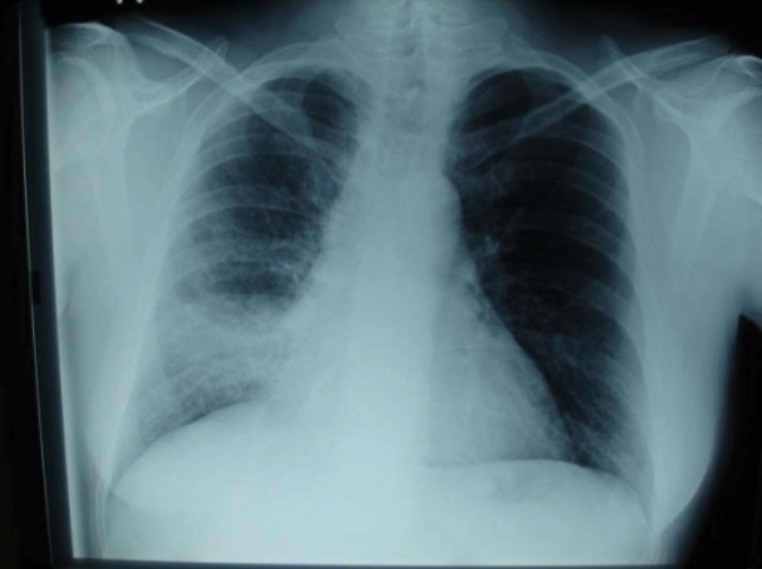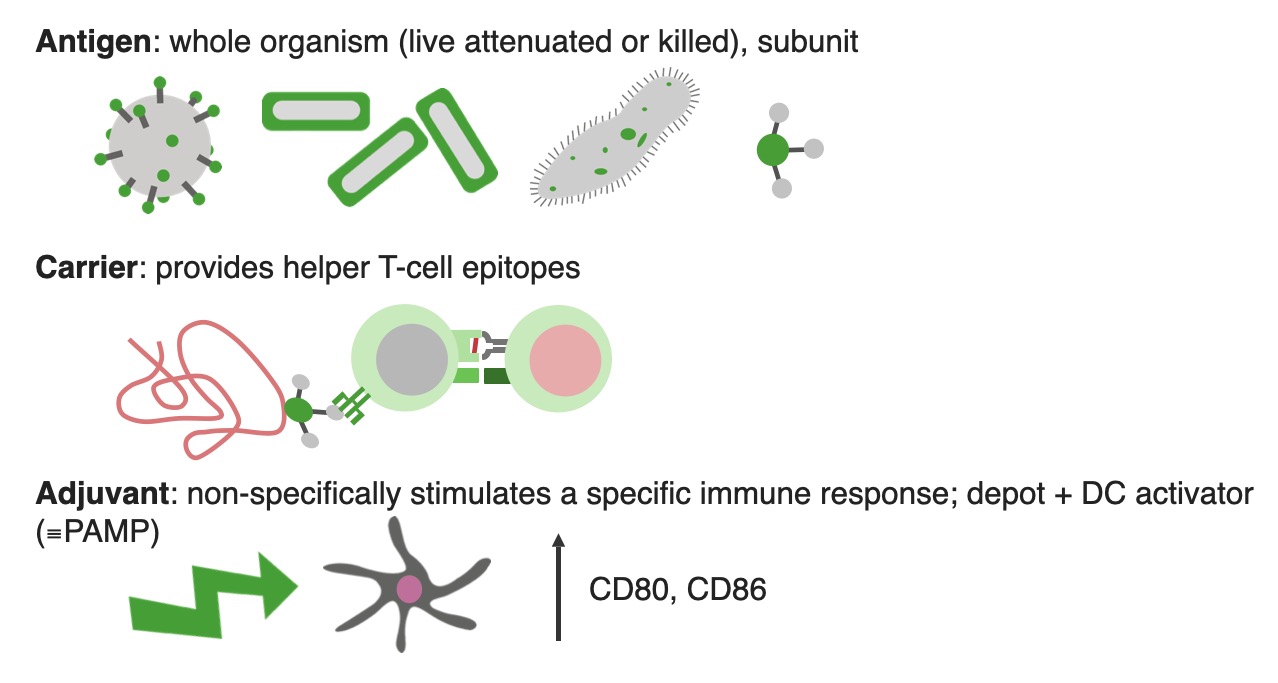Playlist
Show Playlist
Hide Playlist
Influenza A and B: Management
-
Slides InfluenzaA InfectiousDiseases.pdf
-
Reference List Infectious Diseases.pdf
-
Download Lecture Overview
00:01 So the treatment really boils down to the M2 inhibitors, either amantadine or rimantadine, and these are primary symmetrical amines as you can see from their structure. 00:17 They only work for influenza A. 00:21 And unfortunately, in recent years, the strains of influenza that are going around, and they’re having antigenic drift now. 00:29 But the ones that are going around are resistant to amantadine and rimantadine. 00:37 Newer strains may emerge that are susceptible. 00:40 And the way they work is they mess up this M2 ion channel activity and they inhibit, therefore, the virus uncoating inside the cell. 00:51 That’s the way they work. 00:53 And they’ve got some side effects. 00:55 They’ve got insomnia, vertigo, and difficulty concentrating. 00:59 And if you can imagine giving these drugs to elderly persons who may already have problems sleeping, who are already unsteady on their feet, or may also have problems with cognition. 01:13 So these are difficult. 01:15 Nevertheless, if the virus is susceptible, they certainly work to some degree, especially in the prevention department. 01:27 Therapy wise, you have to start an anti-influenza drug within 24 to 48 hours to get any real good effect. 01:40 Now, back to viral neuraminidase, remember I told that as the virus tries to emerge, it has to destroy the sialic acid on the respiratory epithelium. 01:54 And that prevents the hemagglutinin spike from sticking to an infected cell so it allows the virus to emerge. 02:05 Okay? So once it can get out it can go to the next cell and then it can move down the respiratory tree as we described. 02:16 So now that tells us about the neuraminidase inhibitors. 02:21 So here’s the way neuraminidase works, it cleaves the receptor and new viruses are released. 02:31 But the neuraminidase inhibitors, what they do is they block the ability of the neuraminidase to destroy sialic acid so the virus can’t really emerge and infect the adjacent cell. 02:53 That’s how they work. 02:56 And they work against both A and B. 03:00 Remember, rimantadine and amantadine only worked against A. 03:05 And there are three drugs that are available, one is oseltamivir, which is given in an oral pill, and zanamivir works in identical fashion, but it’s given as an inhaled drug and so it gets to the influenza virus where the action is. 03:21 The third drug peramivir is new and it's an IV agent in cases who do not tolerate inhalation. 03:28 Possible side effects of peramivir are diarrhea and neutropenia So the side effects of each should be mentioned. 03:39 Oseltamivir first. 03:41 The common side effects would be nausea and vomiting, GI upset. 03:46 Rarely, the patients would get rash, arrhythmias, seizures, confusion, or occasionally aggravation of their diabetes. 03:55 You picture zanamivir is having a problem because of its inhalation. 04:01 And so commonly a patient will get a cough, bronchospasm, may cause an inflammatory process in the bronchial tree with bronchitis and nasal congestion. 04:13 Rare, it can cause delirium and confusion. 04:18 Baloxavir represents the newest class of antiviral agents for influenza treatment, demonstrating activity against both influenza A, including H7N9 and H5N1 strains, and influenza B viruses. 04:32 Its mechanism of action differ significantly from previous antivirals through specific binding to the PA (Polymerase Acidic) subunit of the viral cap dependent endonuclease. 04:42 This enzyme is essential for viral cap snatching, a process whereby the virus appropriates 5' caps from host cell mRNA to synthesize its own viral proteins. 04:53 By inhibiting this early step in viral replication, baloxavir prevents viral utilization of host cell resources for multiplication. 05:02 The distinctive mechanism enables baloxavir to maintain effectiveness against viral strains that have developed resistance to previous antiviral medications. 05:12 Of particular note is its potential synergistic activity when combined with neuraminidase inhibitors. 05:19 So those are the drugs that we use to treat influenza.
About the Lecture
The lecture Influenza A and B: Management by John Fisher, MD is from the course Upper Respiratory Infections.
Included Quiz Questions
In an otherwise healthy patient infected by Influenza C, what is the best treatment?
- Symptomatic management
- Rimantidine
- Amantidine
- Oseltamivir
- Zanamivir
What is the mechanism of action of Amantadine?
- Inhibits the virus from uncoating inside an infected cell.
- Inhibits the virus from entering the respiratory cells.
- Inhibits newly formed viruses from exiting respiratory cells.
- Inhibits viral replication in infected cells.
- Destroys sialic acid on respiratory cells.
Which of the following medications is an oral drug against Influenza B?
- Oseltamivir
- Rimantidine
- Amantadine
- Acetazolamide
- Tenofovir
A 35-year-old patient comes into the clinic with 4 days of fever, cough, and myalgias. She does not have any dyspnea or cyanosis. She is asking for medication to make the "miserable disease go away." What is the best next step in management?
- Advise symptomatic treatment as it is too late for any anti-influenza drugs to work anyway.
- Give a single dose of inhaled Zanamivir in clinic.
- Prescribe Amantidine
- Prescribe Oseltamivir
Customer reviews
5,0 of 5 stars
| 5 Stars |
|
5 |
| 4 Stars |
|
0 |
| 3 Stars |
|
0 |
| 2 Stars |
|
0 |
| 1 Star |
|
0 |






